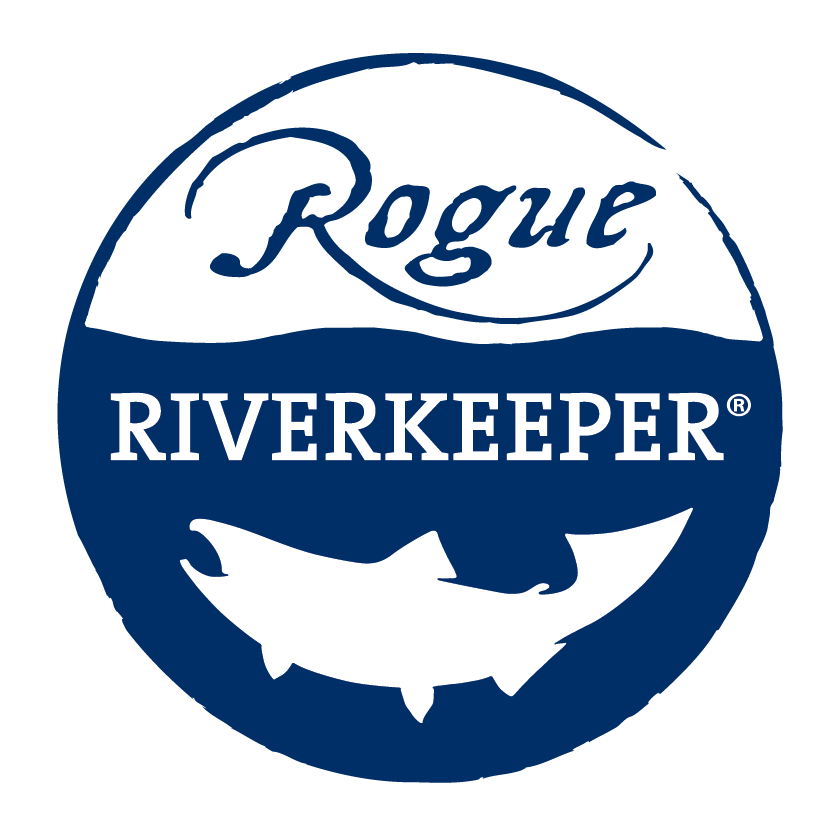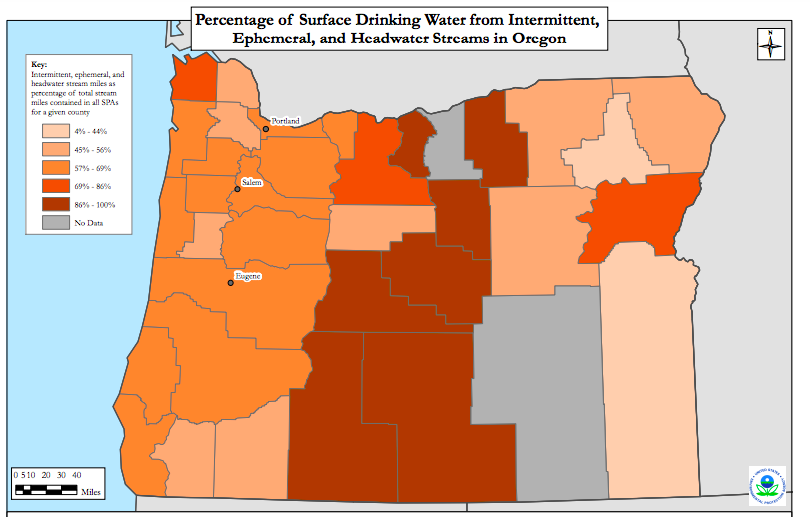The Clean Water Act of 2023: Understanding Its Implications and Why Rogue Riverkeeper Stands Watchful
A Welcomed Update
The Rogue River watershed, with its intricate web of tributaries, wetlands, and connecting water bodies, serves as a vital lifeline to our community, ecology, and economy. For Rogue Riverkeeper, ensuring the health and protection of this watershed goes beyond advocacy. Last week the House Democrats introduced the Clean Water Act of 2023 and we find ourselves at a crucial crossroads for our rivers and water bodies across Oregon and nationwide. Larger waterways like the Rogue River, lakes, and larger tributaries and streams have retained their Clean Water Act protections. But many smaller water bodies in the Rogue Basin like wetlands and ephemeral streams, or those that flow intermittently have lost those protection due to the Sackett v. EPA decision earlier this year. Losing Clean Water Act protections puts a lot of stress on the State of Oregon to make up for the shortfall and ensure state protections are enforced. Just because these water bodies don’t necessarily flow year by year doesn’t mean they are equally important to the hydrology of our watershed. As you can see from the map below provided by the Environmental Protection Agency, 45-69% of surface drinking water comes from intermittent and ephemeral streams in the Rogue Basin and in even higher percentages in other parts of Oregon.
The proposed legislation seeks to amend the Clean Water Act's jurisdiction over waters that lost their protective status due to the Sackett v. EPA decision back in May. The changes, particularly in terminology and definitions, resonate strongly with what conservationists and environmentalists have advocated for years. The Act intends to remove the term "navigable waters," replacing it with a far more encompassing term, "protected water resources." This new definition will include:
All waters affected by the tide and territorial seas.
All interstate and intrastate waters and their tributaries.
Lakes, rivers, and streams—even those that are intermittent or ephemeral.
Wetlands and all bodies of water impounded from the aforementioned sources.
Currently, the definition of a “navigable water” would only encompass the Rogue River where the new term “protected water resources” also includes tributaries. These waters, now falling under the term "protected water resources," have faced uncertainty in their Clean Water Act protections since the 2001 Supreme Court decision in SWANCC, due to various factors like agency guidance, court opinions, and rulemaking. In further support of the Act's language, its sponsors have released a comprehensive report titled "Murky Waters: Navigating a Post-Sackett World." The document, resulting from a roundtable by House Transportation and Infrastructure Committee Democrats, delves deep into the ramifications of the Sackett decision on environmental and human health, water quality, and local economies.
Caution and Concern
While the Clean Water Act of 2023 brings much needed clarifications and restorations, it also has many concerning elements. Provisions within the Act could potentially empower the EPA administrator to exclude certain water categories from Clean Water Act protection through rulemaking, provided specific conditions are met.
These concerning clauses can lead to a further loss of protections if misused, possibly more severe than the current situation. The inclusion of this language, especially during a time when our decision makers are prioritizing deregulation raises red flags. Rogue Riverkeeper remains watchful and concerned about these potential loopholes and the unforeseen consequences they may bring specifically for ephemeral water bodies and wetlands.
The Role and Resolve of Rogue Riverkeeper
At Rogue Riverkeeper, our dedication goes beyond conservation—it's about championing a vision for our waters and communities. Our origins in 2008, rooted in the oversight of the Clean Water Act’s implementation in the Rogue Basin, established our role as defenders of this ecosystem. Being part of the global Waterkeeper Alliance further amplifies our commitment. But with the introduction of the Clean Water Act of 2023, our role has evolved and expanded to make sure our ephemeral water bodies are protected like the venereal pools on Table Rock you see below.
Upper Table Rock. Photo Credit: Rebekah Bergkoetter
Here's what it means for us and for you:
RRK members enjoying a float down the Wild & Scenic Rogue River during our 2023 ROW rafting trip. Credit: ROW Adventures
Vigilance and Advocacy: The Act, while promising, contains provisions that can be manipulated to harm our waterways further. Rogue Riverkeeper is committed to maintaining a watchful eye on any changes, advocating for the best interests of our water and community.
Community Engagement: Now, more than ever, community involvement is crucial. As the voice of the Rogue River watershed, we aim to bridge the gap between legislative changes and their implications. By engaging with the public and stakeholders, we can foster a collective responsibility towards our river's well-being.
Stewardship and Restoration: Our mission extends beyond advocacy. We aim to restore, rejuvenate, and revitalize the Rogue River Basin. Clean water, native fish, and thriving communities are at the core of our endeavors. And while legislation comes and goes, our mission remains steadfast.
Understanding, support, and action from community members like you are integral. As we navigate the complexities of the Clean Water Act of 2023 and its implications, we invite you to keep checking back with Rogue Riverkeeper for opportunities to engage in the process and help us in preserving the Rogue River Basin for generations to come.



